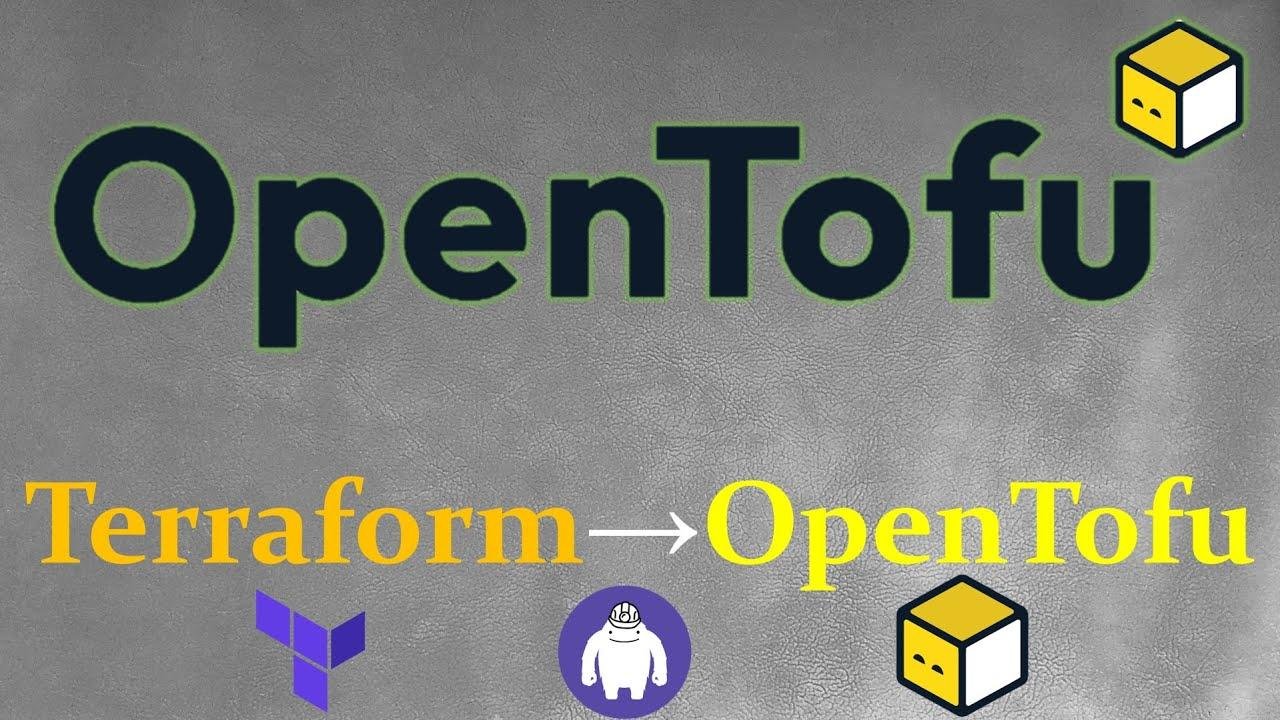OpenTofu vs Terraform: A Modern DevOps Dilemma

Infrastructure as Code (IaC) has revolutionized the way we build, manage, and scale cloud infrastructure. For years, Terraform has dominated the space as a reliable and extensible tool. But recently, a new contender—OpenTofu—has emerged, promising a truly open-source alternative with community-driven innovation. This comparison dives deep into OpenTofu vs Terraform, highlighting their origins, features, differences, and use cases.
What is Terraform?
Terraform, developed by HashiCorp, is one of the most popular IaC tools used to provision and manage cloud resources. It allows DevOps engineers to define infrastructure using a declarative configuration language known as HCL (HashiCorp Configuration Language). Terraform supports a wide array of providers, from AWS and Azure to Kubernetes and custom APIs.
Over time, however, HashiCorp announced licensing changes, transitioning Terraform from an open-source license to the Business Source License (BSL). This shift created concern in the developer community, leading to forks and alternatives.
Introducing OpenTofu
OpenTofu is a community-driven fork of Terraform, created by the Linux Foundation and the open-source community in direct response to Terraform’s licensing changes. The goal of OpenTofu is to preserve the fully open-source nature of infrastructure automation tooling, allowing developers and enterprises to maintain freedom and flexibility in their workflows.
OpenTofu retains full compatibility with Terraform modules, providers, and the HCL language—making migration seamless for most users.
Why Developers Are Making the Switch
The core appeal of OpenTofu lies in its commitment to openness. While Terraform still provides a powerful ecosystem and enterprise-grade features, OpenTofu offers peace of mind for developers and organizations that value transparency, collaboration, and long-term sustainability.
Moreover, with growing concerns around vendor lock-in and licensing ambiguity, OpenTofu is gaining traction as the go-to alternative for teams seeking full control over their IaC tools.
Use Cases & Community Adoption
OpenTofu is particularly appealing for:
-
Open-source projects that want to remain license-compliant
-
Enterprises that require customizable IaC tooling
-
Teams that value long-term community governance
-
CI/CD pipelines that integrate heavily with third-party IaC tools
Terraform still shines in enterprise ecosystems where commercial support and a wide integration surface area are priorities.
Final Thoughts
In the debate of opentofu vs terraform, the right choice depends largely on your organization’s needs and philosophy. Terraform remains a powerful and mature tool, especially in environments already invested in HashiCorp’s ecosystem. OpenTofu, on the other hand, represents a return to open-source principles, giving developers a transparent and community-governed path forward.
For teams focused on openness, collaboration, and long-term flexibility, OpenTofu is more than just a fork—it’s the future of open infrastructure as code.
- Art
- Causes
- Crafts
- Dance
- Drinks
- Film
- Fitness
- Food
- Games
- Gardening
- Health
- Home
- Literature
- Music
- Networking
- Other
- Party
- Religion
- Shopping
- Sports
- Theater
- Wellness
- Politics
- IT
- Relationship
- Blockchain
- NFT
- Crypto
- Fintech
- Automobile
- Faith
- Family
- Animals
- Travel
- Pets
- Coding
- Comedy
- Movie
- Game
- Computer


